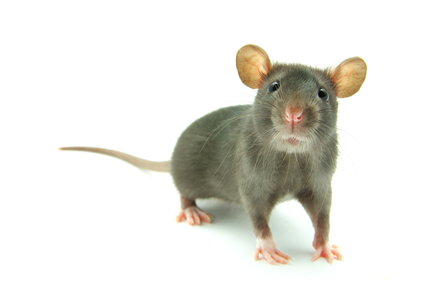Your Rodent Control Plan in Ashburn, VA Must Be Specific To Be Effective
The rodent population in the world is a significant part of the mammal family of species. They form two-fifths of mammals. There are various types of mammals, some of which are found in the wild. Others are likely to cross your residential spaces. To effectively deal with rodents, it is wise to learn about the different types and how best to manage each one. This will better equip you to safeguard your family and property.

You are likely to encounter rats or mice in your home at some point. Due to their differences, any rodent control plan needs to be specific and unique. Find out their differences in the following post:
Mouse vs. Rat Behavior
One of the most important differences in behavior between mice and rats is that mice are curious and rats are cautious.
Cautious rats: Rats are very careful and will choose to avoid new things in their path until they have had time to get used to them being there. Because of this, you need to place unset traps in the rat’s path before putting set rat traps there.
Curious mice: Mice are very curious and will investigate anything new. So you have to do just the opposite for them: set the trap and put it right in its path. In fact, if you do not catch a mouse in the first few days, the trap is probably in the wrong place and should be moved. Read more at The Spruce…
Additionally, the house mouse is small, has two large ears, and is light brown in color. On the other hand, Norway rats are generally heavy-bodied with short ears and dark brown in color.

Closely related to the Norway rat is the roof rat. This one has a light body, large ears, and is gray in color. The following post gives more detail about the difference between the two.
The main difference between roof rats and Norway rats is their behavior. Roof rats hunt for food and shelter above ground. They climb across utility lines and branches to access roofs and enter houses, grocery stores, and restaurants. Once inside, they nest in attics, drop ceilings, and wall voids. They often eat fruit, insects, and even the seeds around birdfeeders.
Alternatively, Norway rats are excellent diggers that like to stay close to the ground. You may find burrows along foundations, near gardens, or under trash piles and yard clutter. The rodents use vents and gaps around pipes to get inside buildings. Both pests can swim and take advantage of drainpipes and sewage lines to safely travel to different areas.
If you notice gnaw marks on electric wires, shredded insulation, or droppings on counters or floors, you may have a roof rat or Norway rat infestation. Read more at Western Pest Services…
Sadly, both types of rats are disease vectors within Loudoun County. They are known to transmit 35 different diseases and salmonellosis is one of them. They do this through the contamination of food.

Another rodent that is dangerous to humans is the muskrat. Just like rats, muskrats are capable of transmitting leptospirosis. So, what is a muskrat and how does it compare with a rat? Should it be a concern to you?
In simple terms, muskrats look much more like beavers than they do rats. Beavers are considered cousins of muskrats.
In contrast with rats, muskrats have thicker tails. They have a thicker coat of fur and have a stockier appearance than rats.
Habitat of Rats Versus Muskrats
Rats tend to dwell near human habitats. Muskrats do not follow that course as a matter of routine.
Rats can be found living in a wide range of environments across the United States. The two most common types of rats found in the United States build their nests on the ground (in burrows) or in trees, depending on the specific species. On the other hand, like beavers, muskrats are aquatic animals and live near bodies of water or in wetlands.
Rats tend to live in large communities. Muskrats are not social in this manner. Indeed, individual muskrats can be extremely territorial. Muskrats do burrow like the Norway rat. However, they burrow near ponds or streams. Read more at Ecobear…
You’re likely to contract a disease from muskrats if you swim in a natural water body contaminated with their urine. However, dealing with muskrats will require contacting the wildlife authorities.
For effective rodent control, you need to work with the professionals. At Backyard Bug Patrol we offer Perimeter Rodent Control that ensures your home stays rodent-free. Call us today to get started.
Related posts:
- What You Didn’t Know About Ticks and Mental Health in Lovettsville, VA
- Rodents and Rodent-Like Animals You Might Encounter In Middleburg, VA
- Is Your Rodent Control Plan in Purcellville, VA As Effective As You Hoped?
- Are Genetically Modified Mosquitoes The Hope For A Mosquito-Free Leesburg, VA?
- The Plague Is A Re-emerging Disease – What Hamilton, VA Residents Need To Know
